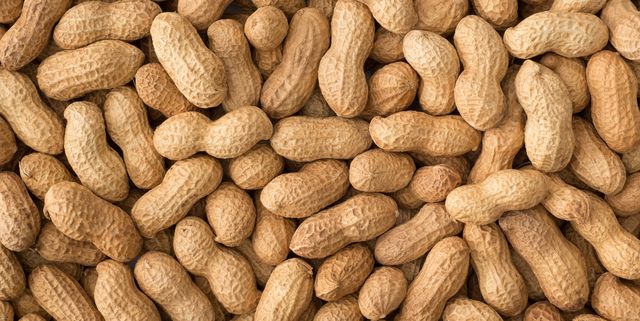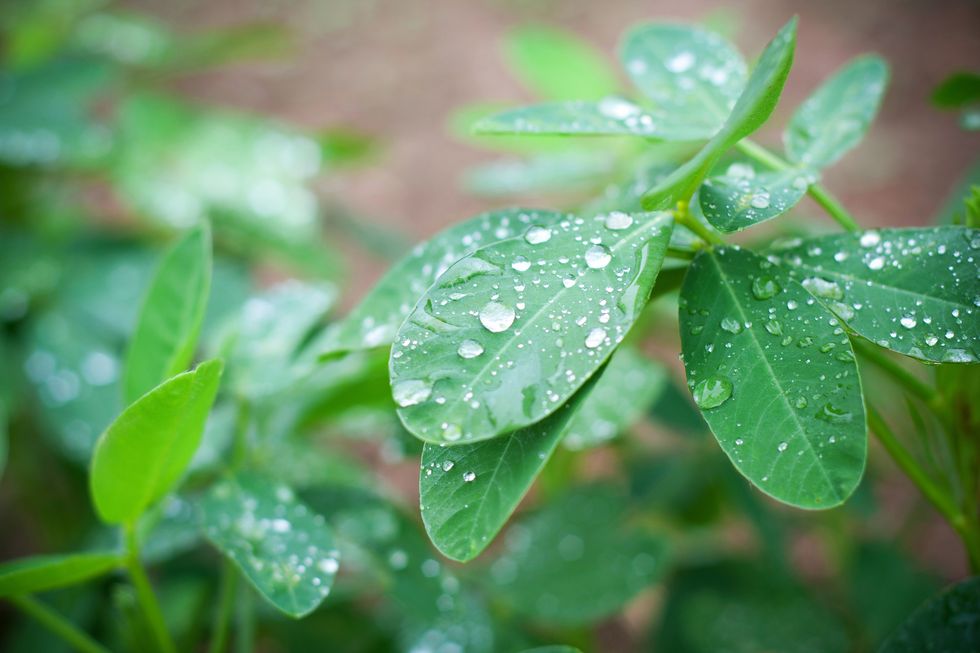Contrary to popular belief, the peanut is not a nut. It's actually a vegetable belonging to the legume family, which includes peas and beans. These tropical natives of South America require about 120 days to mature, but fortunately the peanut plant can withstand light spring and fall frosts. Jumbo Virginia is a productive variety for home gardens.
Although the peanut plant is generally considered a Southern crop, Northern gardeners can also grow them successfully if they choose early cultivars such as Early Spanish and start plants indoors.
Planting Peanuts
Peanuts need full sun. If you have heavy soil, ensure good drainage by working in enough organic matter to make it loose and friable.
Peanut seeds come in their shells and can be planted hulled or unhulled. If you do shell them, don’t remove the thin, pinkish-brown seed coverings, or the seed won’t germinate.
Northern growers should start a peanut plant indoors in a large peat pot a month before the last frost. Sow seeds one inch deep, place in the sunniest spot possible, and water weekly. Transplant peanut plant seedlings to the garden when the soil warms to between 60 and 70 degrees. Space transplants 10 inches apart, being careful not to damage or bury the crown.
In the South, plant outdoors around the date of the last expected frost. Space seeds 2 inches deep and 5 inches apart in rows 2 to 3 feet apart. Firm the soil and water well. Thin plants to 10 inches apart.
Growing Peanut Plants
When a peanut plant is about a foot tall, hill the earth around the base of the peanut plant. Long, pointed pegs (also called peduncles) grow from faded flowers and then push 1 to 3 inches down into the soil beside the plant. A peanut will form on the end of each peg. Lay down a light mulch, such as straw or grass clippings, to prevent the soil surface from crusting so that the pegs will have no difficulty penetrating the soil.
One inch of water a week is plenty a peanut plant. Being legumes, peanuts supply their own nitrogen, so avoid nitrogen-rich fertilizers, which encourage foliage rather than fruits. Well-prepared soil will provide all the nutrients the plants need.
Harvesting Peanuts
The crop is ready to harvest when leaves turn yellow and the peanuts’ inner shells have gold-marked veins, which you can check periodically by pulling out a few nuts from the soil and shelling them. If you wait too long, the pegs will become brittle and the pods will break off in the ground, making harvesting more difficult.
Pull or dig the plants and roots when the soil is moist. Shake off the excess soil, and let plants dry in an airy place until the leaves become crumbly; then remove the pods. Unshelled peanuts, stored in airtight containers, can keep for up to a year.














